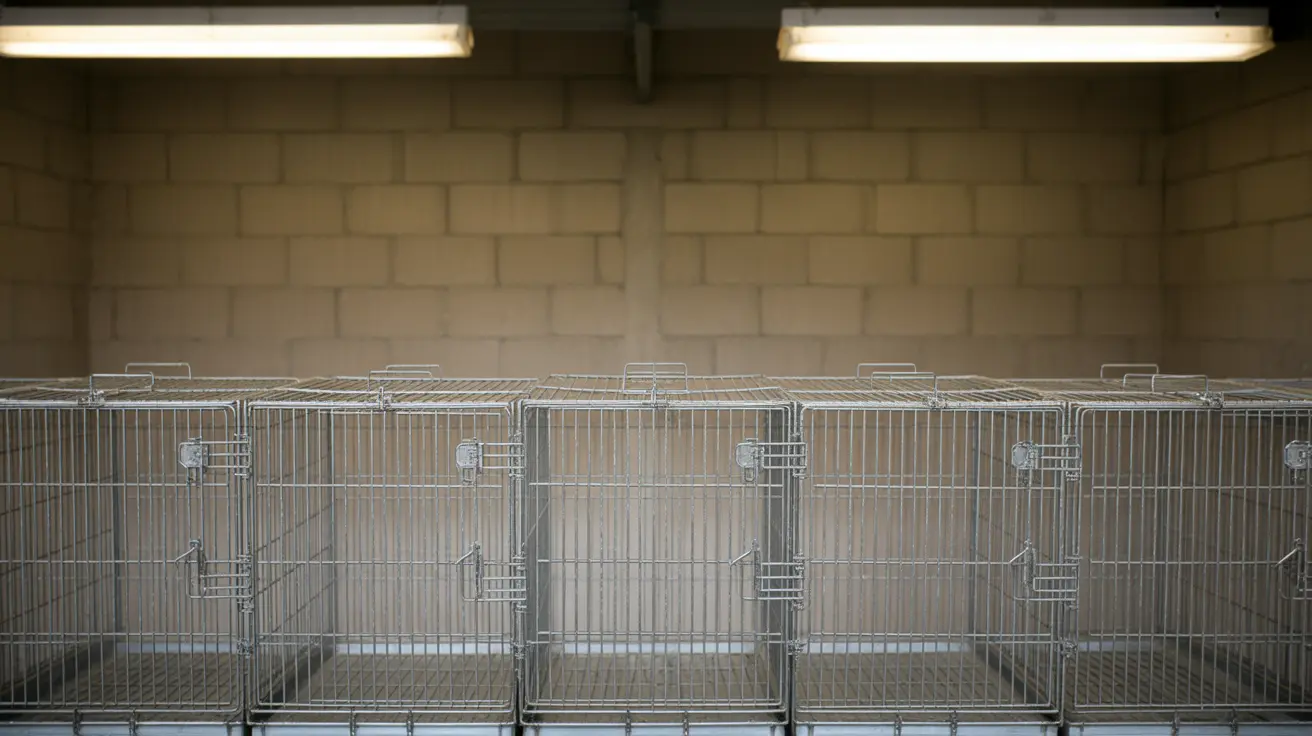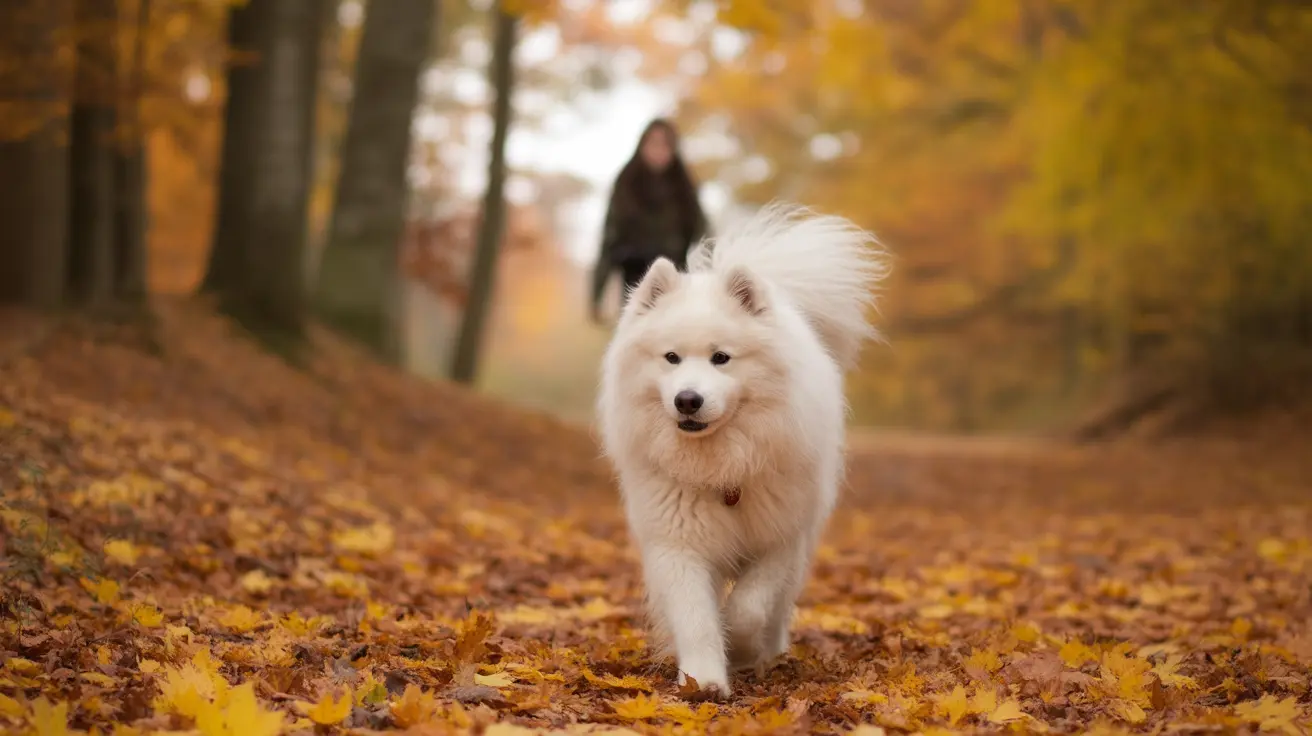The Most Unhealthy Foods for Cats: What to Avoid
Cats are obligate carnivores with unique nutritional needs, making it essential for pet owners to understand not only what to feed them but also what to avoid. While commercial cat foods are formulated to support feline health, some foods—especially those from human diets—can be harmful or even toxic. Feeding your cat inappropriate food can lead to digestive issues, weight gain, or severe health complications. Here's a comprehensive look at the most unhealthy foods for cats and why they should be avoided.
1. Milk and Dairy Products
Many believe cats love milk, but most adult cats are lactose intolerant.
- Why it's unhealthy: Dairy can cause digestive upset, including diarrhea and vomiting.
- Safer alternative: Lactose-free cat milk formulated for pets is available and safer.
2. Raw Meat and Fish
While cats thrive on meat, raw meat poses serious health risks.
- Why it's unhealthy: Raw meat and fish can harbor pathogens like Salmonella and E. coli.
- Additional risks: Raw fish contains an enzyme that destroys thiamine (vitamin B1), leading to neurological issues.
3. High-Fat Treats and Table Scraps
Feeding table scraps or high-fat treats can negatively impact a cat’s health.
- Why it's unhealthy: These lead to obesity and pancreatitis, a potentially fatal inflammation of the pancreas.
- Guideline: Treats should make up no more than 10–15% of a cat’s daily caloric intake.
4. Toxic Human Foods
Certain human foods can be severely toxic to cats.
- Grapes and raisins: Known to cause kidney failure in pets.
- Onions and garlic: Can damage red blood cells, leading to anemia.
- Chocolate and caffeine: Contain substances like theobromine, which are toxic to cats.
5. Unregulated Homemade Diets
Some owners consider preparing homemade meals, but this can be dangerous without veterinary guidance.
- Why it's unhealthy: Homemade diets are hard to balance and may lack essential nutrients like taurine and arginine.
- Risk: Nutritional deficiencies may develop over time, leading to heart or vision problems.
6. Wet Food Left Out Too Long
Wet food has nutritional benefits but must be handled properly.
- Why it's unhealthy: Left unrefrigerated, wet food can spoil and foster bacteria.
- Best practice: Serve only portioned amounts and refrigerate leftovers immediately.
7. Overfeeding and Free Feeding
Whether the food is healthy or not, too much of it can lead to problems.
- Why it's unhealthy: Constant access to food (especially dry kibble) often leads to overeating and obesity.
- Solution: Meal feeding with portion control helps monitor food intake and maintain healthy weight.
8. Semi-Moist Foods with Artificial Preservatives
Some semi-moist cat foods are more palatable but less healthy.
- Why it's unhealthy: These often contain added sugar, salt, or artificial colors and preservatives harmful over time.
- Healthier choice: Look for products labeled as "complete and balanced," with real meat as the main ingredient.
The Right Feeding Practices
In addition to avoiding unhealthy foods, it’s important to adopt proper feeding routines:
- Use shallow, wide bowls: This prevents whisker fatigue and encourages proper eating.
- Offer puzzle feeders: These encourage mental stimulation and manage portion control.
- Provide fresh water: Cats often don’t drink enough, so include a water fountain or wet food to promote hydration.
Conclusion
Feeding your cat the right food is about more than just satisfying hunger—it's about ensuring long-term health and well-being. Avoiding foods like raw meat, high-fat treats, milk, and human scraps can prevent common ailments like obesity, gastrointestinal disturbance, and toxic reactions. Always consult with your veterinarian when choosing the best diet for your cat, especially if you are considering non-commercial or homemade options. Being proactive about what not to feed is just as crucial as knowing what to feed.





